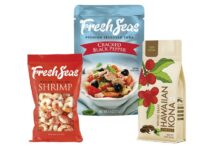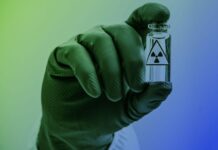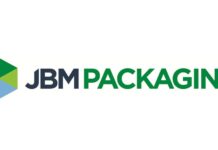A paper published in the IEEE Sensors Journal has gone on to showcase an apt method for effectively verifying the content of pharmaceutical packaging with an accuracy rate that happens to be 100% that has been made possible by mixing standard diffuse reflectance MOEMS-EC-QCL spectroscopy along with artificial intelligence.
The paper goes on to explain how a blister-verification sensor that is based on a quantum cascade laser (QCL) and makes use of backscattering mid-infrared (IR) spectroscopy for substance chemical identification can upgrade the inline content verification process across blistering machines.
The study has achieved automatic detection as well as the classification of multiple pills. The novel strategy provides a quick, non-invasive, contactless, along with highly selective method to classify pharmaceutical pills. The authors say that the system can operate continuously and that too without having an operator.
It is well to be noted that the pharmaceutical industry is currently facing several challenges as far as ensuring quality control in packaging is concerned.
Flores et al. say that the current method for quality control (QC) of medicine blister packaging includes examining each individual blister package to verify its number, colour, and shape. As of now, regulations define that the final verification process must be conducted by an experienced pharmacist in practice.
Hence, in order to make sure that the integrity of pharmaceutical packaging remains intact, it is crucial for sensors to provide fast, contactless, and precise chemical info about the contents of individual blisters. However, when it comes to solid doses that have a similar physical appearance, the visual quality control measures happen to be ineffective. The authors mentioned in the report that they do not conduct chemical verification by default because of time constraints and a shortage of qualified staff available.
The study method
The study utilises a sensor concept that integrates machine vision, machine learning, and laser-based diffuse reflectance spectroscopy in order to accurately verify the content that the blisters have. It was ascertained that using principal component analysis (PCA) within machine learning yielded the highest accuracy and resilience across all the classifier approaches.
There was 100% identification accuracy across 13 different medication types using machine learning classification. This level of accuracy did not result in any sort of decrease in PCA dimensionality.
In contrast, the standard cross correlation to Fourier Transform Infrared (FTIR) data achieved 97.4% identification accuracy. The authors concluded that the machine-learning classifier surpassed the FTIR-supported classifier standards when it came to performance.
Flores et al. inferred that this approach offers advantages, including superior accuracy, measurement time, and also selectivity, making it a well-suited for quality control in packaging lines concerning pharmaceuticals.



























